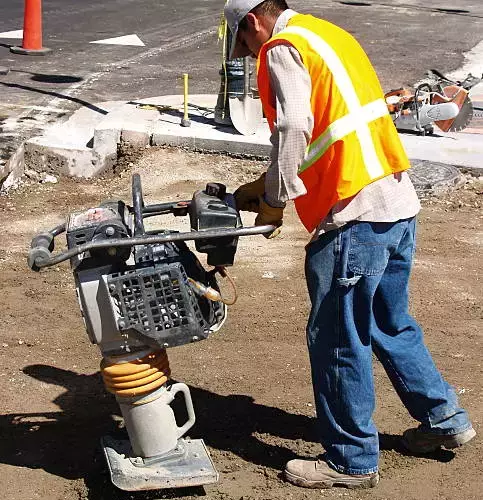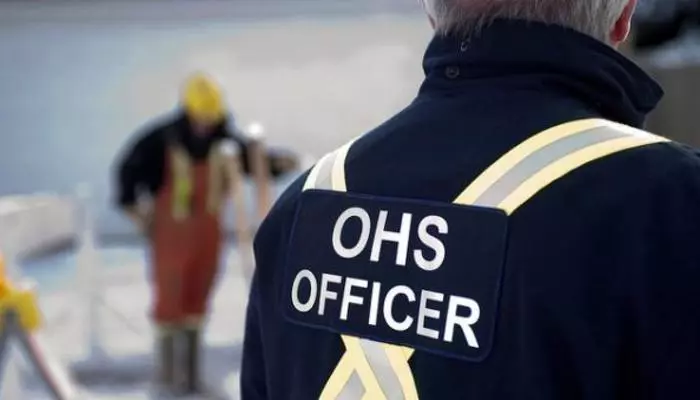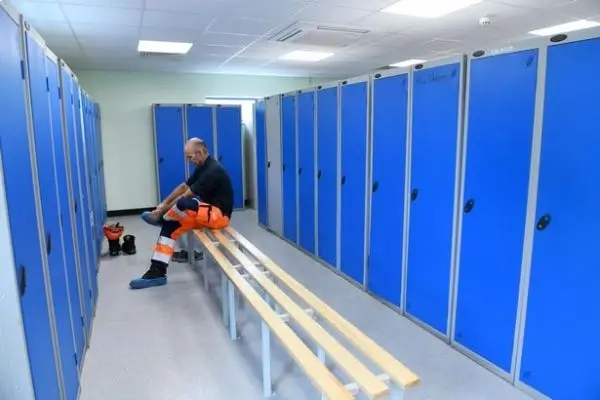Important Health and Safety Documents For Construction
When it comes to Health and Safety documents, one size does not fit all. You need to find the documents that work best for your company, or the ones that apply to your construction project most specifically. That’s why we’ve put together this list of the top health and safety documents you can use to … Read more









